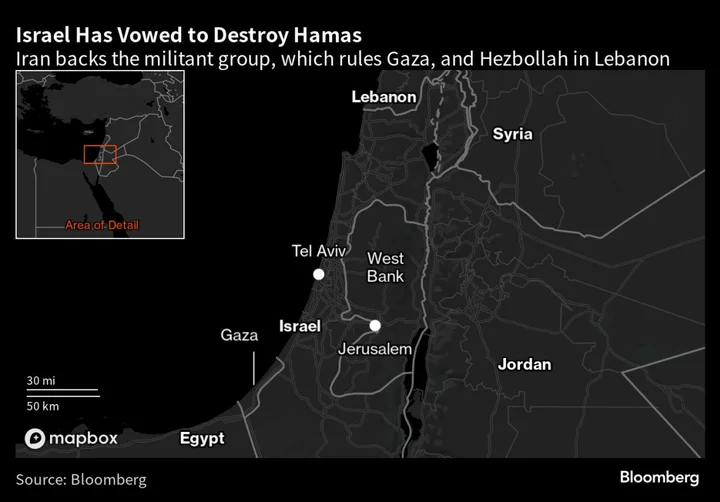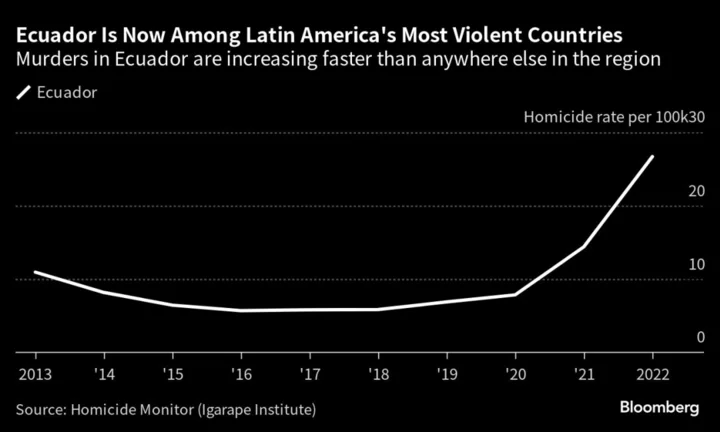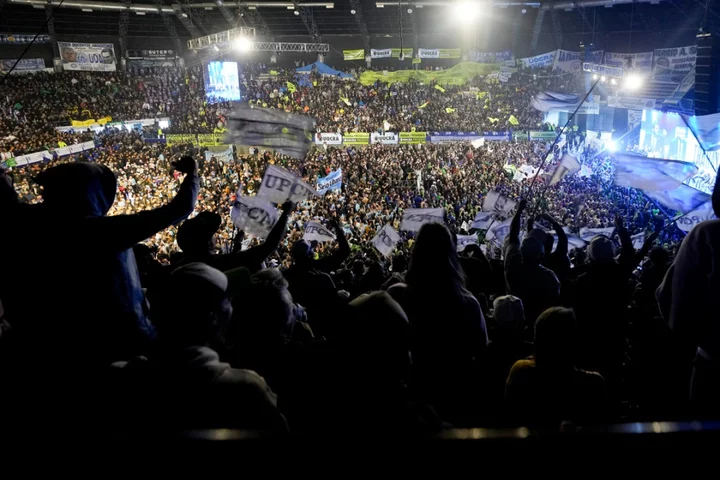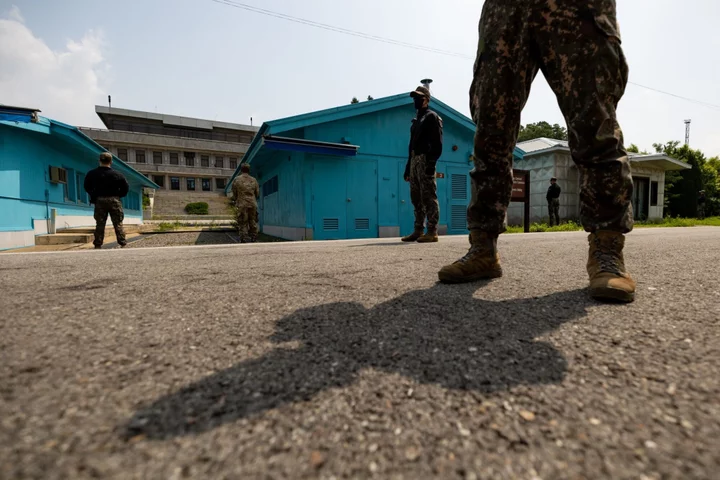Secretary of State Antony Blinken has made three rush trips to the Middle East since Hamas attacked Israel in October. With each visit, his message to Prime Minister Benjamin Netanyahu has grown more stern.
The first time, aides bristled at any suggestion that Israel heed humanitarian concerns as it girded for a response to Hamas. On his second trip, Blinken stressed that that Israel’s conduct of the war mattered. This time, he delivered a direct warning to Israel’s war cabinet — that the devastation unleashed on northern Gaza must not be repeated after the end of a seven-day truce.
That shift in tone by the top US diplomat underscored the growing sense of alarm among senior Biden administration officials about what fresh crisis awaits now that the Gaza war has resumed and Israel turns its military attention from the north to Gaza’s south, where hundreds of thousands of civilians have fled — and now have nowhere else to go.
Publicly, however, Israel remained defiant. Hours after Blinken left, the Hamas-run border crossing authority said no aid had been delivered since the truce had ended early Friday. Gaza authorities also reported that some 100 people had been killed in a fresh round of Israeli airstrikes.
Blinken’s evolving message has reflected President Joe Biden’s own change in stance as his administration responds to pressure from Arab allies, human-rights activists and Americans back home — especially the left flank of his own party — who believe the civilian death toll has gotten too high.
“I made clear that after the pause it was imperative that Israel put in place clear protections for civilians and for sustaining humanitarian assistance going forward,” Blinken said on the tarmac in Dubai, moments before getting on the plane that would take him home to Washington after another whirlwind trip. “It’s very, very important.”
Whether it makes a difference is an open question. A senior US official, who asked not to be identified discussing private deliberations, said Israel genuinely seems to be trying to meet US demands on creating civilian safe zones, and heard Blinken’s insistence that results on the ground — like fewer civilian casualties — are more important than intent.
Read More: White House Says Israel ‘Mindful’ of Need to Protect Civilians
And the official stressed that the US would be ready to impose visa bans on any Israeli settlers who commit acts of violence in the West Bank — a growing concern for Biden.
Netanayhu, who had warned all along that the campaign would resume, was similarly unsparing in his description of Israel’s goals. The senior US official said Blinken asked the Israelis how much longer they expected the campaign to last, and didn’t get a clear answer.
“Our forces are charging forward,” he said on Friday. “We continue to fight with all our might until we achieve all our objectives — the return of all our hostages, the elimination of Hamas, and ensuring that Gaza will never again pose a threat to Israel.”
Those concerns masked what otherwise has been a success: under intense US pressure and with mediation by Qatar, Israel and Hamas had seen through seven days of a truce in which dozens of Israeli hostages captured in the Hamas attack had been freed, along with many more Palestinian prisoners held in Israel.
Earlier: The West Bank Is Being Reshaped Along With Gaza Post-Oct. 7
Israel had also allowed more and more humanitarian aid to flow, and US officials had impressed upon Netanyahu to take their concerns into account. Blinken said the US was still focused on making sure the conflict doesn’t spread in the region — so far, a successful effort — and looking toward what he called a “just, lasting and secure peace” for the Palestinian territories.
Yet that truce collapsed Friday morning, with Israel and the US saying Hamas had carried out a deadly attack and reneged on commitments to release more women hostages. Hamas said Israel was to blame.
Blinken told reporters that Hamas had fired rockets at Israel while the cease-fire was still in effect, and, separately, killed Israelis at a bus stop.
Earlier: Hamas Popularity in West Bank Stalls Israeli Bid to Crush It
“Clearly the first phase of the operation, before the cease-fire, exacted such an enormous cost,” said Brian Katulis, vice president of policy at the Middle East Institute in Washington. “A lot of those people were told to move south. Now the campaign’s moving south. And that’s the real worry that a lot of people in the administration have.”
The challenge now will be how Israel conducts its campaign in the south, and the early signs were worrisome.
Defense Secretary Lloyd Austin, speaking to reporters in California on Friday evening, said each time he speaks to his Israeli counterpart, Yoav Gallant, “I remind him of the necessity to make sure that we’re protecting innocent civilians and creating pathways for civilians to move out of out of the battle space.”
Outside experts said the idea of creating civilian safe zones and doing more to avoid a humanitarian catastrophe wouldn’t be easy for Israel, given that doing so would likely put more of its soldiers in harm’s way.
“This is going to be really tricky for the Israelis and if they’re going to firm up the rules of engagement to reduce these civilian casualties, the implication there, which is absolutely direct, is that they will have to take more on-the-ground military casualties,” Frank Ledwidge, former military intelligence officer and lecturer in strategy at Portsmouth University in the UK, told Bloomberg Radio. “Let’s see if they have the appetite for that.”
--With assistance from Iain Marlow and Peter Martin.









